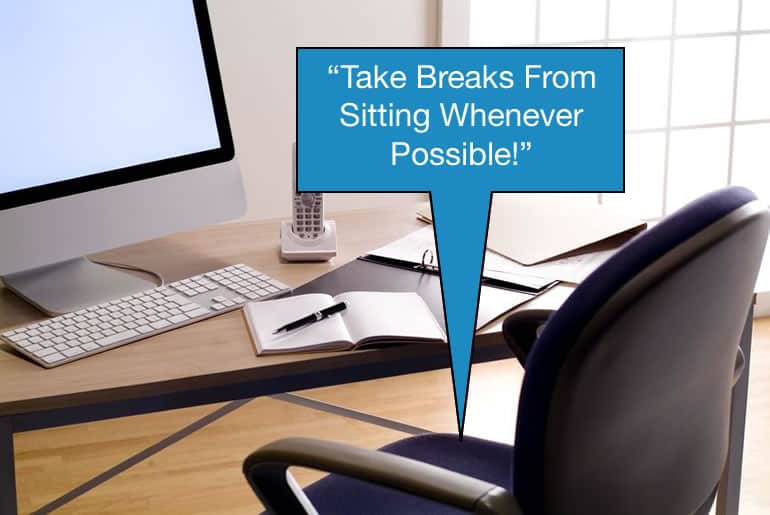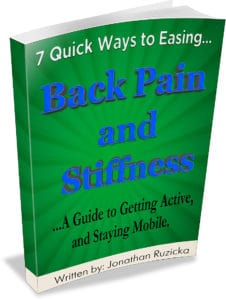
The way our lives are structured now it’s no surprise that back pain is affecting so many people that lead a “normal”, American life. Most of us have heard the phrase that, “sitting is the new smoking” and it may or may not be true in regards to killing us slowly but it definitely is contributing to chronic back and neck pain. The fact is that we are sitting longer. Most jobs are making us sit, eating has us sitting at the dinner table, Netflix puts us on the couch, commuting or travelling leaves us in a seat for extended periods of time. We are consistently being put in a seated position for longer and longer and longer; more situations and for more time.
There is a significant correlation between the people we see with chronic lower back pain and the amount of time they spend sitting; whether it be at work or at home especially when it comes to their inability to exercise. A lot of times after they have an injury, people become sedentary because of pain! That makes a never-ending cycle of pain, weight gain and lack of mobility. Even if they have a stand-up desk at work, most of the time it doesn’t change the pain quickly and it doesn’t reverse some of the muscle imbalances that have taken place over recent time.
Muscle imbalances that are adapted from sitting so long are tight hip flexors and weak or inhibited glute muscles. The MAJOR problem with weak glutes is that it’s nearly impossible to work on them if you stay in hip flexion and if the hip flexors are short and don’t allow extension then there isn’t much you can do about it until the hip flexors loosen up their grip or become lengthened.
TAKE BREAKS FROM SITTING WHENEVER YOU CAN!! Every hour is a good rule of thumb…

Sitting itself is likely to be a large part of this growing problem, but if you just stand up then it rarely will undo everything and instantly make you feel better, which brings up a point that in almost “every situation” there isn’t just one thing that is causing the problem. There are several compounding factors and whatever route you choose for rehabilitation it needs to include all of them over the healing period. Don’t give up! The solutions are there you just need to find them or find someone who can. Get active and stay mobile!!
Jonathan

Dr. Jonathan Ruzicka is a Manual Therapist whose experience as a private therapist for professional athletes drove him to further his education attaining unparalleled skills in tissue mobility work, performance based rehab, injury prevention, myofacial release and joint mobilization to optimize human performance.
- 5 Lower Back Pain Stretches to Ease Your Discomfort - August 23, 2024
- How to Avoid Foot and Ankle Pain and Stay Active! - July 26, 2024
- Essential Stretches for Sciatica Pain: Your Path to Relief - June 10, 2024


